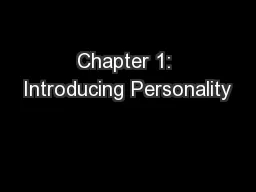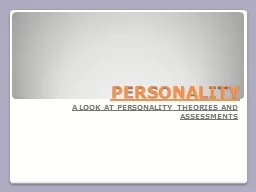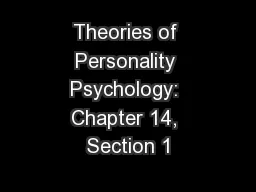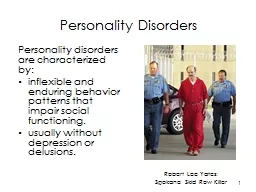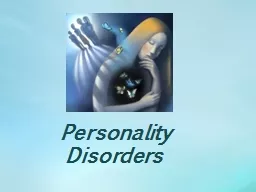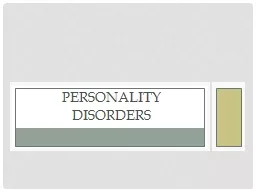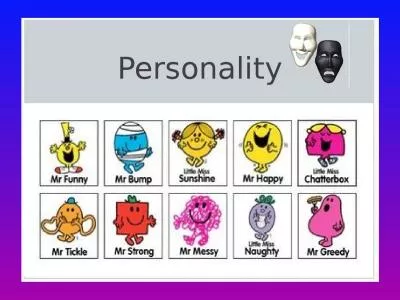PPT-Psychology of Personality
Author : skylar | Published Date : 2023-06-26
Warwick in London Summer School 2022 Week 2 Day 5 297 Dr Liz Blagrove Aims amp Objectives Understand the rationale for studying the Psychology of Personality its
Presentation Embed Code
Download Presentation
Download Presentation The PPT/PDF document "Psychology of Personality" is the property of its rightful owner. Permission is granted to download and print the materials on this website for personal, non-commercial use only, and to display it on your personal computer provided you do not modify the materials and that you retain all copyright notices contained in the materials. By downloading content from our website, you accept the terms of this agreement.
Psychology of Personality: Transcript
Download Rules Of Document
"Psychology of Personality"The content belongs to its owner. You may download and print it for personal use, without modification, and keep all copyright notices. By downloading, you agree to these terms.
Related Documents





